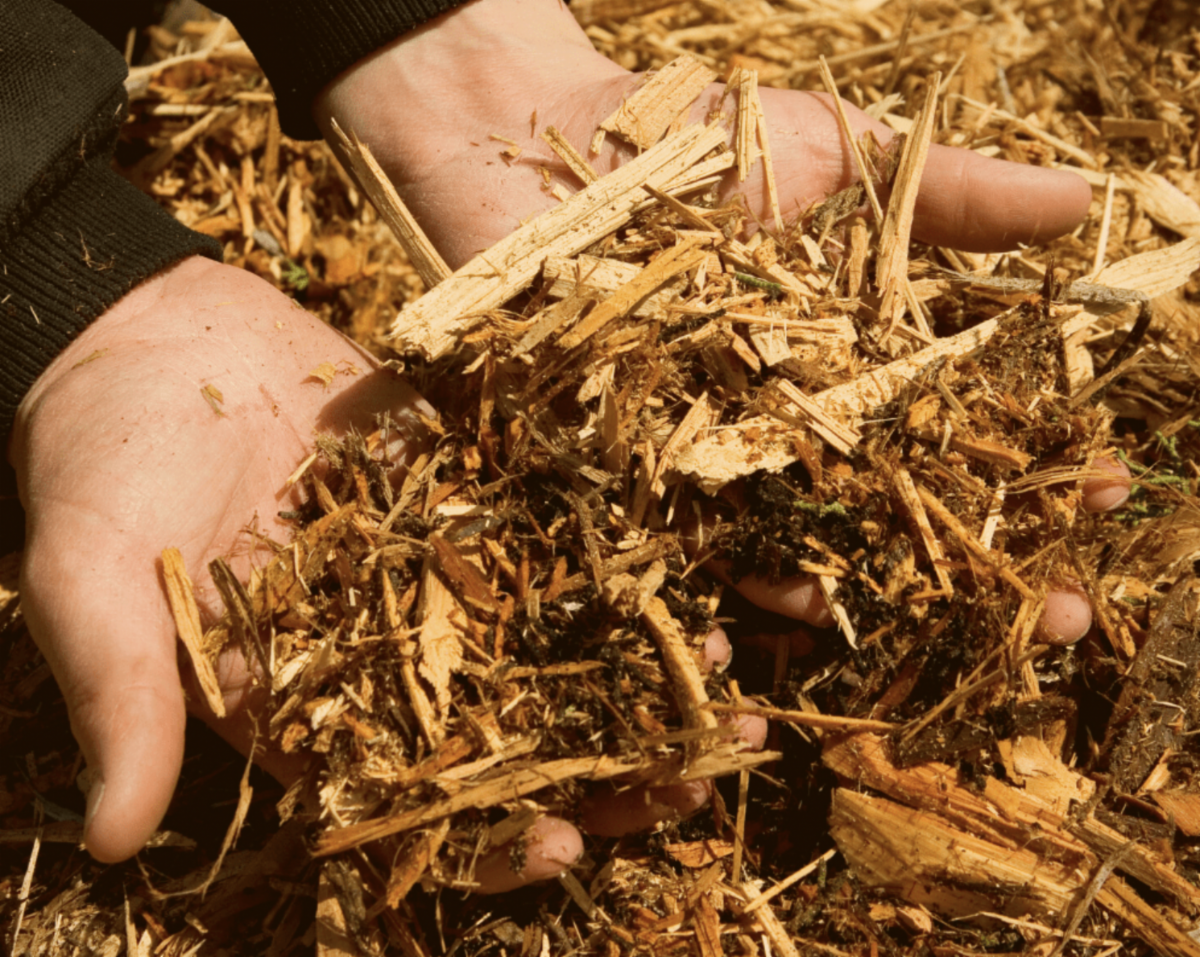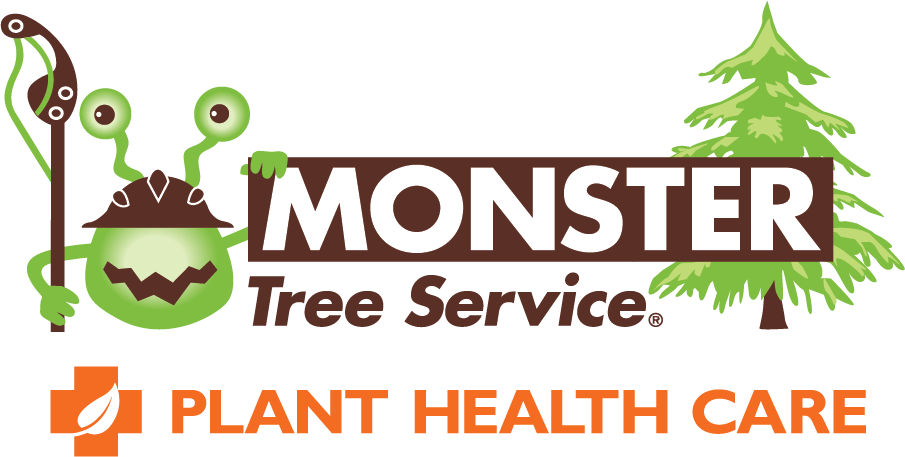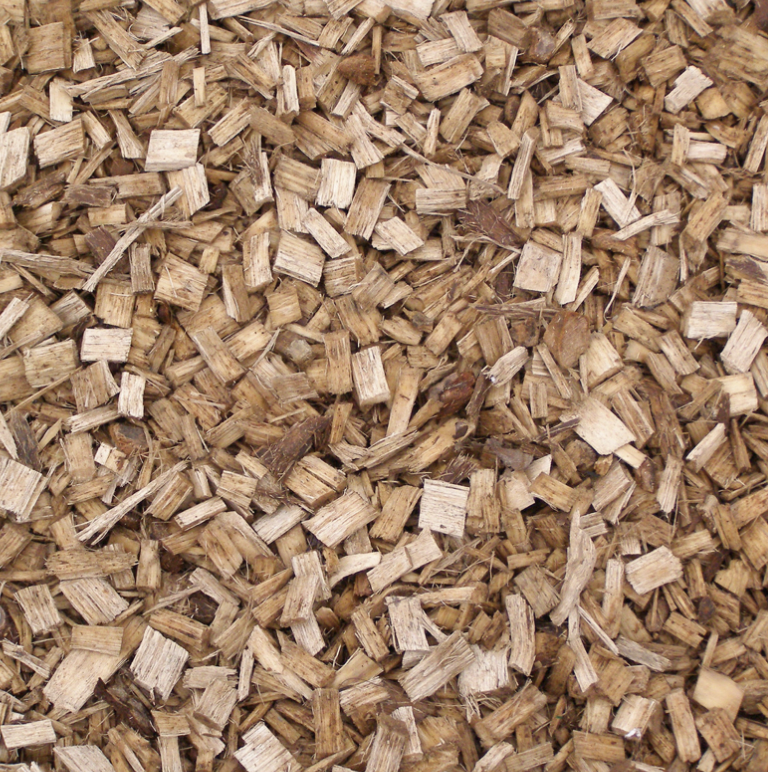Last month's newsletter on planting trees touched briefly on using mulch. This month, we are going to dive deeper into the topic of mulch. Did you know that mulch is not just about property aesthetics? While it does add flare and enhances the look of the landscape, it is also a very helpful tool for supporting tree growth during the spring. Mulch can be very beneficial for green health.
|
 |
Woodchip mulch can be used for a variety of landscaping applications, such as around trees, shrubs, and flower beds, as well as on paths and walkways. |
But there can be too much of a good thing. Loading up on mulch can cause serious harm to trees. Mounds of mulch, also referred to as a mulch volcano, can:
|
 |
The root flare, or collar, is located where the trunk begins to widen and flare out. |
So don't keep piling it on! A couple of tips to keep in mind:
|
 |
Airspading allowed us to examine these tangled roots and make corrective pruning cuts to alleviate long-term root stress. |
If you already have a mulch volcano, a trained arborist can help remove the volcano and correct any issues hidden by the volcano. Airspading is a safe practice that uses compressed air to remove mulch and soil around the base of the tree and expose the root system. Once the roots are exposed, the problem roots are identified and pruned or removed. When this work is done, you want to balance removing problem roots with leaving the tree enough roots for storage and uptake of nutrients. Trees with extensive root issues may need to have this process repeated over multiple years, so the tree has time to adapt to the root pruning before removing more roots. Proper mulching can help you avoid having to remove the tree or incurring the expense associated with airspade work. For additional information on mulching visit: Consult a Monster Tree Service Arborist University of Maryland Extension: Mulching Trees and Shrubs
|
Jason is examining the canopy of this crabapple tree. He is able to see how much new growth the tree has pushed out over the past 2-3 years by examining the twig scars on branches. This is an indicator of health.

We produced this map of the property, showing pinned coordinates that represent a unique tree.







